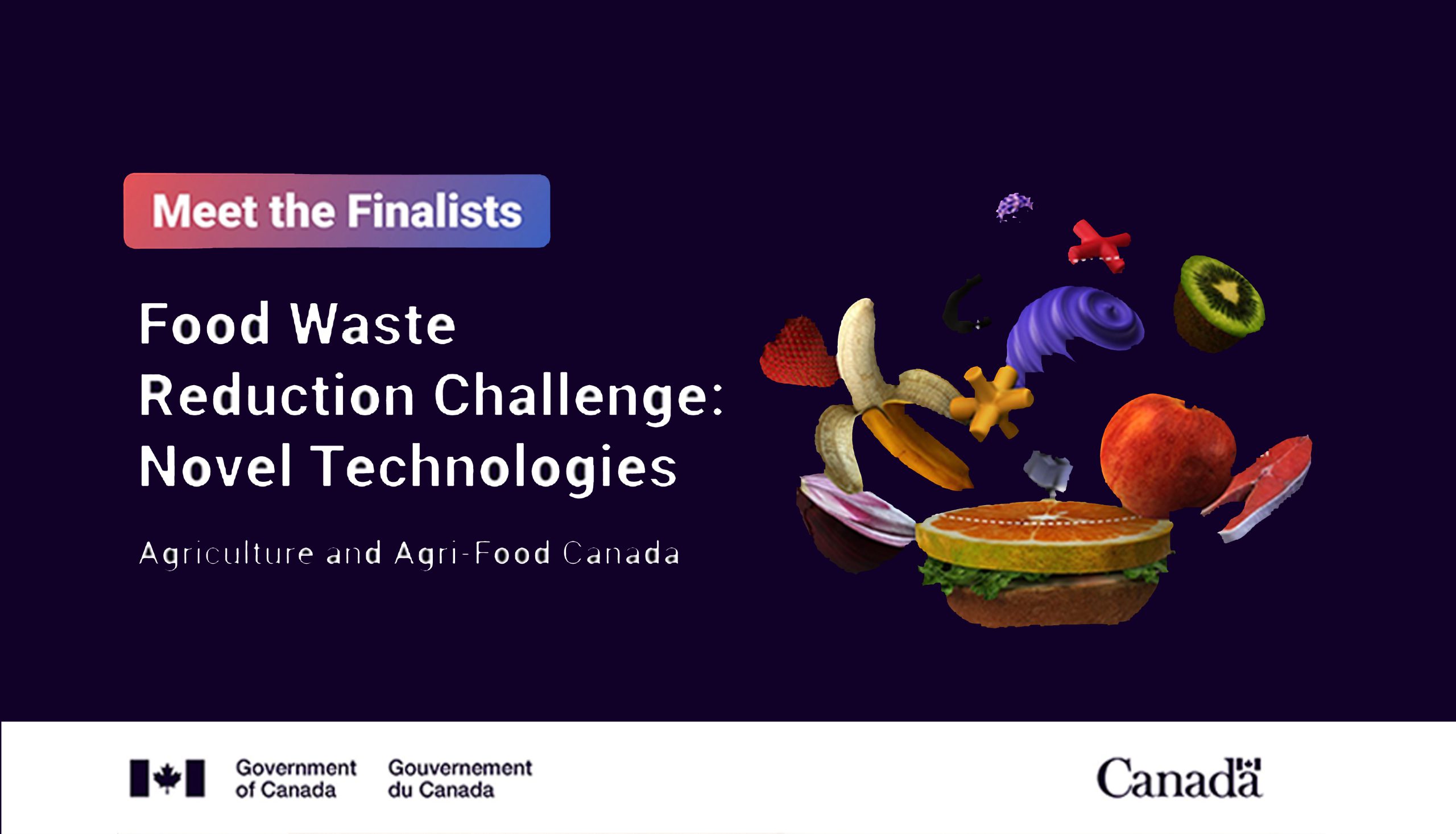Effect of Food Inflation in Canada
Everyone in Canada must buy food at some point, whether from a grocery store or a restaurant. Because of the frequency with which we make these transactions, we are more likely to recognize and give more weight to fluctuations in price. In-store food price hikes have exceeded overall consumer food inflation since late 2021, increasing by more than 10% in August, September, and October 2022. The annual rate of increase in the total cost of food items purchased from stores was the highest it has been since 1981 in September 2022 (11.4%) and remained high in December (+11.0%). Multiple factors have contributed to an increase in food prices in Canada by driving up production and distribution expenses. Several factors that have affected costs and consumers’ grocery budgets since the beginning of COVID-19 will be discussed below.
COVID-19 and the Disruption of Supply Chains
Consumer prices are not immune to the global effects of the COVID-19 epidemic on health and the economy. Food costs have been affected by COVID-19 in several ways, including fluctuations attributable to delays in processing, packing, and transportation.
There was an epidemic of COVID-19 in a food processing facility that caused the facility to close temporarily. These plant shutdowns have a domino effect on consumer costs.
In the first place, supply restrictions emerge when a processing plant closes, which could lead to an increase in pricing. Backlogs in processing and other bottlenecks caused by shutdowns can impact future supply and cost.
To add to that, particular workers are needed in processing plants. Outbreaks of COVID-19 among workers prompted the closings of cattle processing plants in April and May of 2020. Increases in beef prices compared to the prior year can be attributed partly to these shutdowns.
Poor Production Conditions Due to Bad Weather in Key Regions
Keeping food supplies stable relies most heavily on the weather. The increased frequency and severity of extreme weather events in recent years have impacted the supply and production of food items. When there is less supply but steady demand, prices rise.
Prices of processed foods rise directly from the increased cost of raw agricultural items, which in turn is driven up by lower crop yields.
A Rise in the Cost of Inputs
Producing food and getting it to stores is a major undertaking for commercial farms, necessitating machinery, labor, and energy. The Russian invasion of Ukraine and the resulting decrease in oil production from producing nations contributed to a sharp increase in energy costs at the beginning of 2022.
As a result of temporary plant shutdowns in Europe and decreased production due to sanctions against Belarus and Russia (the two countries contribute 40% of the global potash market, a component of some fertilizers), demand has increased. In contrast, supply has decreased, driving up costs.
Russia's invasion of Ukraine
Due to the importance of both countries in the global food supply chain, the Russian invasion of Ukraine has pushed global food prices even higher. Rising costs of agricultural inputs used in food production have contributed to the overall increase in the cost of raw materials and finished goods. Fertilizers' three main building blocks—nitrogen, phosphorus, and potassium—are all produced in plenty in Russia. Put another way, the fertilizer market is 20% larger thanks to combined output from Russia and Belarus.
Russia and Ukraine are considered the first and fifth largest global wheat exporters. Global wheat markets were thrown into complete disarray as a result of the invasion of Ukraine, leading to significant price swings. In December 2021, when tensions between the two countries escalated, wheat prices followed suit. There has been a continuous increase in cereal product prices of more than 11.0% for the past eight months following the Russian invasion in February of 2022.
In addition to being a big producer of salmon, Russia is also a major exporter of cod and haddock. By excluding Russia from the Most Favored Nation Tariff in March 2022, Canada levied duties on Russian products (MFN). When the duty was lifted, it was applied to nearly all imports from Russia, including fish, causing food prices in Canada to rise for Canadian customers.
Bottom Line
Many people in Canada feel the pinch due to rising food prices in Canada. As a result, more Canadians may choose unhealthy food or go without meals altogether, which might have serious consequences for their health.
Food insecurity has been linked to significantly worse health outcomes, which might strain Canada's already-stressed healthcare system more.



